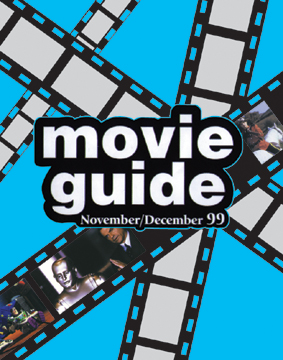| : Introduction 2004 | |||||
|
Skilfulness in reading requires an ability to recognise or decode written words together with an ability to understand and interpret what is said or intended by the writer. This chapter focuses mainly on the former aspect, with just two tasks including some components focused on comprehension (although comprehension clearly helps oral reading). Chapter 4 reverses the emphasis, focusing mainly on comprehension (which is usually only possible if many of the words can be recognised or decoded). This chapter has two sections. The first part of the chapter details the three Reading Record tasks. These were administered as three parallel oral reading tasks that followed similar assessment procedures, but focused on different categories of text: fiction books, non-fiction books and non-book materials. Each task had two reading texts in each of six reading bands (levels). Both of the texts in each band had been used in the 2000 assessments (which had three passages in each band), and one had been used in the 1996 assessments (which also had three passages in each band). This allows trustworthy comparisons between the 2000 and 2004 results, with a clear link back to the 1996 assessments. The remainder of the chapter reports results for six other tasks. One was a trend task involving reading Mäori words, one involved reading nonsense words to check phonemic awareness skills, and one examined attitudes towards books and reading. The final three tasks are link tasks (to be used again in 2008 so not revealed in any detail here). One of these involved reading Mäori texts, and the other two involved reading in English. All tasks were administered to both year 4 and year 8 students, eight in one-to-one interviews and the ninth using the station’s approach.
Reading in English |
|||||


